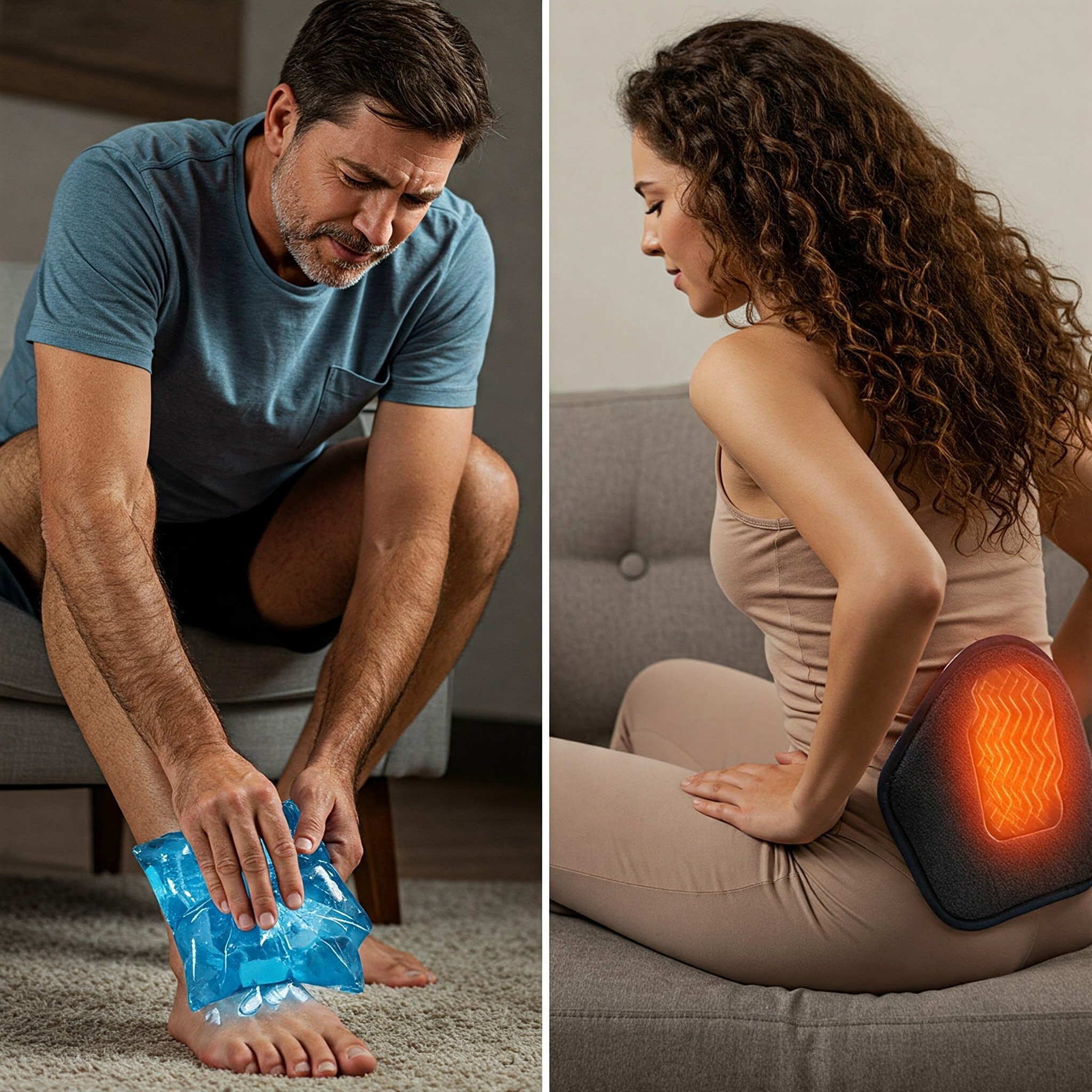Cold vs. Heat Therapy: Making the Right Choice for Your Recovery
When managing pain and injuries, knowing whether to apply cold or heat can significantly impact your recovery. Both methods have unique benefits, but timing is key. In this blog, we explore the science behind these therapies, debunk myths, and offer practical advice to help you manage pain effectively.
The Science Behind Cold and Heat Therapies
Cold Therapy (Cryotherapy)
Cold therapy is highly effective immediately after an injury, especially within the first 48 hours. Ice packs constrict blood vessels, reducing swelling and inflammation—ideal for acute injuries like sprains, strains, or bruises.
Heat Therapy
Heat therapy is perfect for chronic pain or muscle stiffness. It relaxes muscles, enhances circulation, and aids healing by delivering oxygen and nutrients to painful areas, particularly beneficial for conditions such as arthritis or chronic back pain.
When to Use Cold vs. Heat
Acute Injuries (First 48 Hours): Apply cold therapy for 15-20 minutes each hour to minimize swelling.
Chronic Pain: Use heat therapy for 15-20 minutes to relax muscles and alleviate stiffness.
After Exercise: Cold therapy helps reduce inflammation and muscle soreness.
Post-48 Hours: Evaluate your condition. If swelling decreases, switch to heat therapy to promote flexibility and relieve stiffness.
Common Myths Debunked
Myth 1: "Heat is always better for pain."
Reality: Early use of heat can worsen inflammation after an acute injury.
Myth 2: "Cold therapy is only for sports injuries."
Reality: Cold therapy helps manage all acute injuries, not just sports-related ones.
Myth 3: "You can't combine cold and heat therapies."
Reality: Alternating between cold and heat therapies can effectively relieve chronic pain.
Practical Tips for Effective Application
Ice Packs: Always wrap ice packs in a towel to avoid skin damage. Apply for 15-20 minutes.
Heating Pads: Moist heat penetrates deeper; carefully monitor the temperature to prevent burns.
Stay Active: Incorporate gentle movements into your recovery for optimal results.
Listen to Your Body: Adjust your approach based on your body's response. Consult a physical therapist if uncertain.
Conclusion: Empowering Your Recovery
Understanding cold and heat therapy empowers you to take charge of your healing journey. Incorporating these proven strategies and dispelling common misconceptions will enable you to manage pain effectively and confidently. Always consult healthcare professionals for personalized advice. Embrace these tips to regain control and move forward in your recovery!

